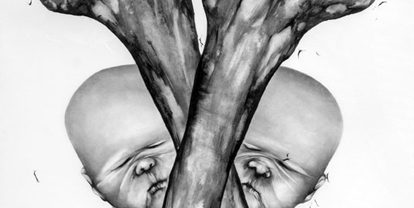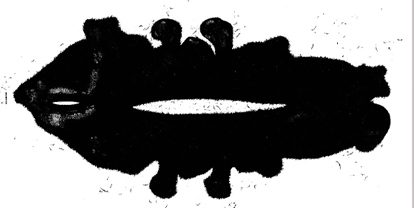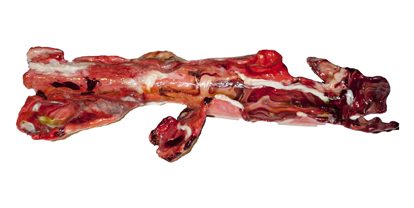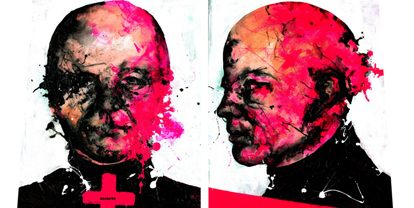Sara Abbasian 2015
Sara Abbasian
February 06 — February 18, 2015
Unique Approach
It is for ages that observing the world in a system of binary opposition has torn it apart in two pieces. The two torn parts that have caused harm and pain: man / woman, day/night, white/black, … From Plato›s theory of forms or the form of the real world to Descartes and his boundary between the mind and the body, drawing sharp lines between the “opposite poles” leads to ignoring shadows and shades, intermixes and overlaps among apparently opposite issues. Understanding the issue of uncertainty as one of the most fundamental needs for living in the contemporary world of thought gives the chance to see the world in another aspect: understanding the world as a pothering place in which one shall imagine no reality beyond social and linguistic contracts. In line with this notion Sara Abbasian’s works carry noticeable aspects of meaning in themselves. Understanding the simultaneous presence of a few apparently opposite phenomena in an incongruous subject, a subject that is not monolithic and unified as it is expected to be expressed by modern manners of distinction, rather, they exist together with several diversified positions. She deconstructs dual opposite of life and death by juxtaposing infants and bones. In addition to semiotic aspect that puts the infant as a metaphor for life and bone as a symbol of death, transmutation of forms or matters reminds us of shocking type physicalism: the similarity between the form of head and the bone can intentionally or unintentionally lead to creation of a broader panorama of mere juxtaposition of two distinct and opposite signs. Apparently the big mass of death is always there in the body of the human infant, the mass that is one day the basis of life and another day the symbol of death: bone. In the new collection of paintings by Abbasian, however, the subjects in her previous collections such as “Bitter Born” and “Defenseless” have grown to old age. The introverted expressionism in her design works of painting collections finds an extraverted quality. The presence of death on these faces is more palpable, where a good technique has been applied again. The skins of faces have deep scars and their coarseness is visible. Paint sprays and spectrum of colors act opposite the ordinary style and impose decay and corruption instead of life and freshness on the faces, as if we see rotting, scum and fungus laden surface. The fresh colors are signs of life but the openings of death turn into deep cracks and swallow them. The paints have been worked on the death-stricken faces like the water of life without reducing something of their decadence and rigor mortis. Bones tell the story of the potential death and the hidden fate of human infant barely buried in the heart of soil and the presence of death in the heart of paint goes counter to the ordinary rites of death rituals, the rites and rituals that are marked with an otherwise aesthetic symbol of black and black clothing. Much can be said on references and implications of meanings: the scope of these interpretations is not only different from viewer to viewer, but also any single viewer too, can have pluralistic interpretations of whatever before him. The major problem, however, lies in this crystal clear reality that despite the fact that pivotal theme of contemporary art gives the chance for talking a lot about artworks, little works of art can be found to possess powerful potentials for meaningful presentations, works to guide thought to somewhere beyond the cliché boundaries. Little works of art can be found to avoid speaking instead of using visual elements to “show” the viewer what to see and to exert influence on his senses. One dare say Sara Abbasian’s works stand right somewhere between the technique and aesthetics and thoughtfulness. As such expressionism attracts the senses and acts powerfully in terms of meaning. This is the essential demand of the contemporary art in Iran: putting aside indolence and paying attention to the technique and understanding more complicated and intelligent ways of expression that get into impassable and difficult paths of artistic expression from open and picturesque expressions, just by visual forms and elements than represented subject.
Mahsa Farhadi Kia, February 2015



